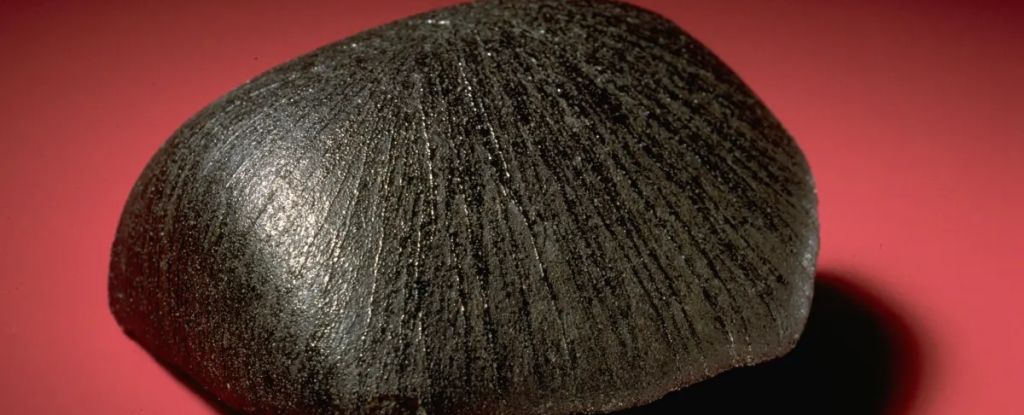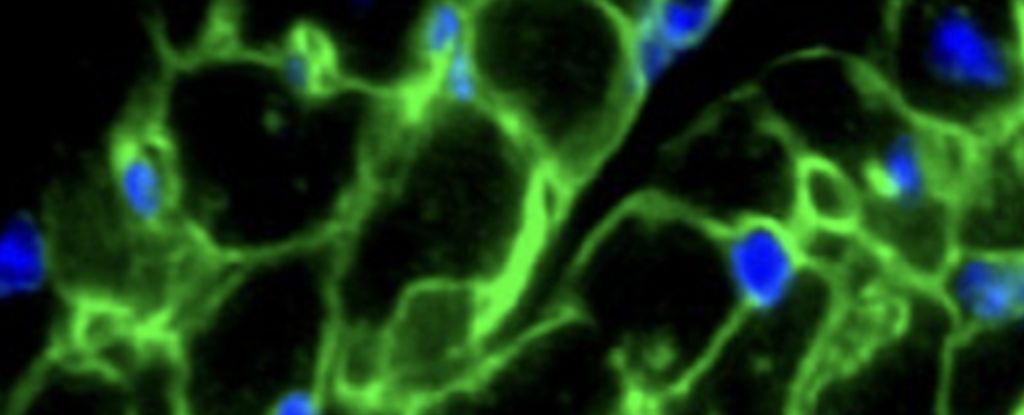ARTICLE AD
Just in time for Halloween, scientists have captured an impressive feat of carnage out on the high seas. The researchers tracked a massive swarm of cod off the coast of Norway as the fish intercepted and rapidly munched down on millions of migrating capelin fish. It appears to be the largest predatory massacre of its kind ever recorded by humans.
Many types of marine life congregate for protection and migrate between areas, creating an opportunity for resourceful predators to find food. But it’s only recently that scientists have been able to reliably observe the movement of large populations of fish, also called shoals, that would allow us to see these floating buffets in real time. Using a sonar-based technique called Ocean Acoustic Waveguide Remote Sensing, or OAWRS, oceanographers in Norway and at MIT were able to record one such buffet.
The researchers tracked populations of capelin (Mallotus villosus)—small anchovy-like fish—as they came into contact with larger Atlantic cod (Gadus morhua), their primary predator, in the coastal waters near Norway during the height of their spawning season in February 2014. The scientists first watched the initially unorganized capelin bunch together into a shoal of about 23 million fish that spanned for miles. This massive hotspot then triggered the cod to also gather into a group and feast on the capelin. The cod were estimated to have eaten around 10 million capelin just four hours after the capelin first formed into a shoal.
“Species interaction studies for various areas and time periods using OAWRS could facilitate a new and better understanding of the function of large marine ecosystems as well as supporting quantification of key processes in the assessment and management of marine resources over wide areas,” the researchers wrote in their paper, published today in the journal Nature Communications Biology.
Thankfully for the capelin, this particular feeding frenzy didn’t put much of a dent in their overall numbers. Billions of capelin are thought to migrate between the waters of the northeast Atlantic ocean, so the cod probably only ate about 0.1% of their total population in the area that year, the researchers estimate. These large-scale events are also an important part of the balancing act inherent between predators and prey in any ecosystem.
Unfortunately, there is evidence that at least some capelin and cod populations have experienced decline in recent years, owing to factors like commercial overfishing. And as with many things, it’s possible that the warming effects of climate change will further affect capelins and make these events more of a danger to their overall population health.
“In our work we are seeing that natural catastrophic predation events can change the local predator prey balance in a matter of hours,” senior author Nicholas Makris, a MIT professor of mechanical and ocean engineering, told MIT News. “That’s not an issue for a healthy population with many spatially distributed population centers or ecological hotspots. But as the number of these hotspots [decreases] due to climate and anthropogenic stresses, the kind of natural ‘catastrophic’ predation event we witnessed of a keystone species could lead to dramatic consequences for that species as well as the many species dependent on them.”
At the very least, having this technology around will allow the researchers and others to more easily monitor the health of these important fish and other life in marine ecosystems moving forward.

 3 weeks ago
48
3 weeks ago
48 

